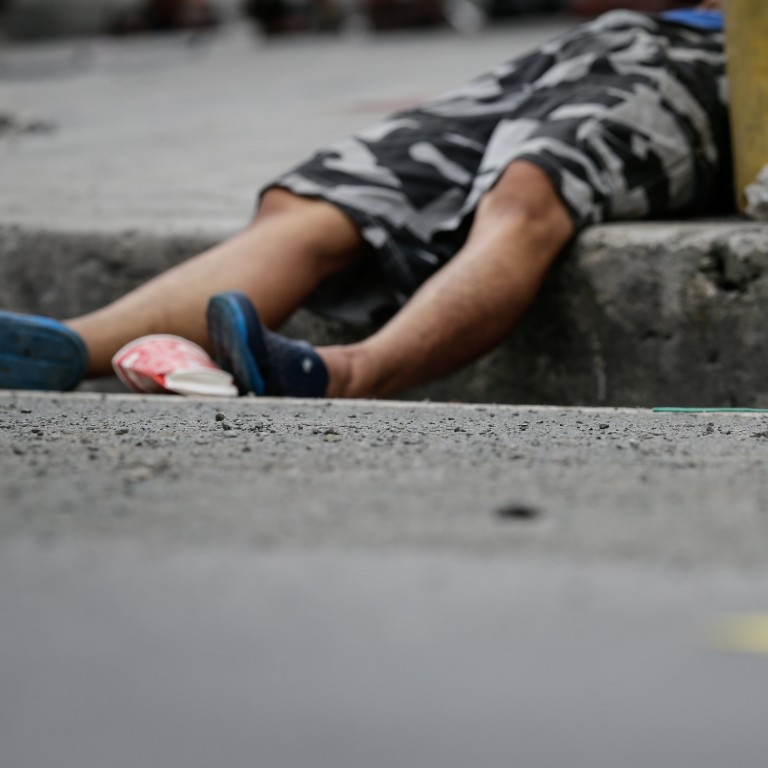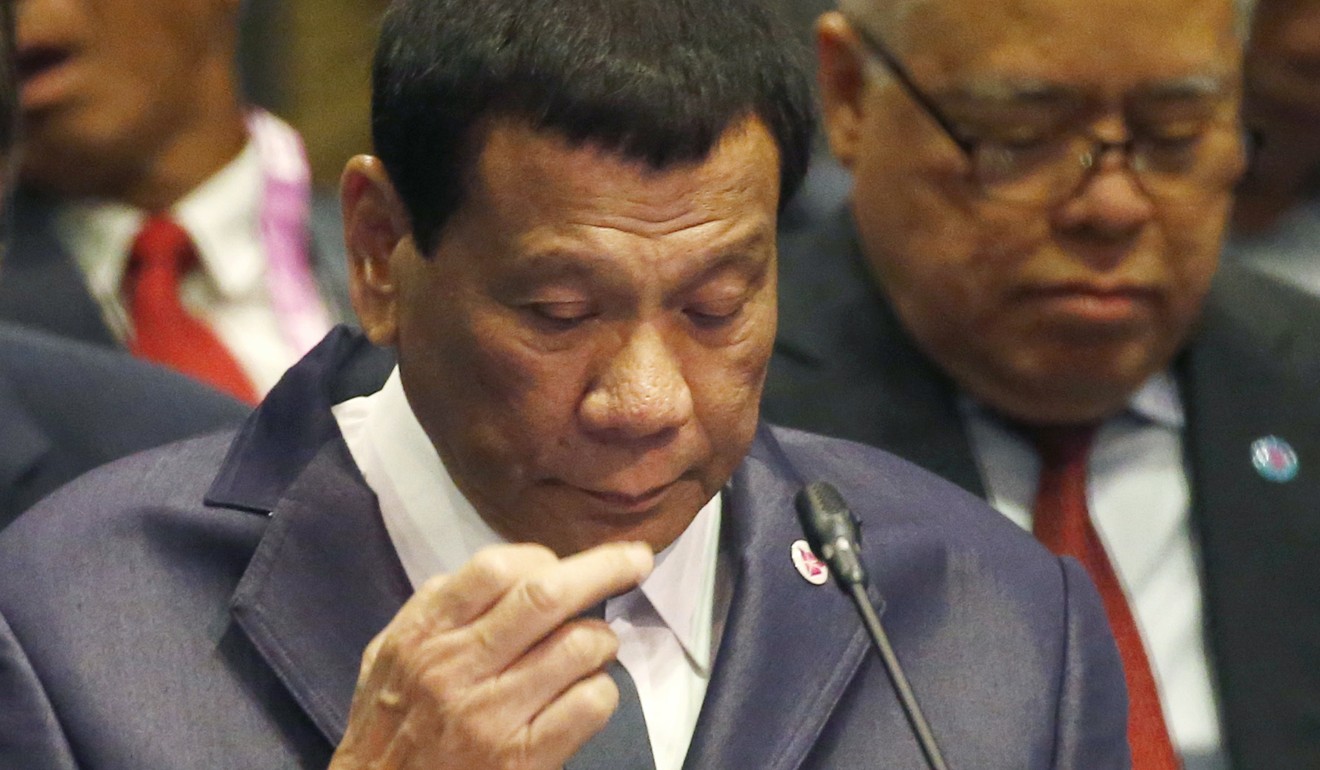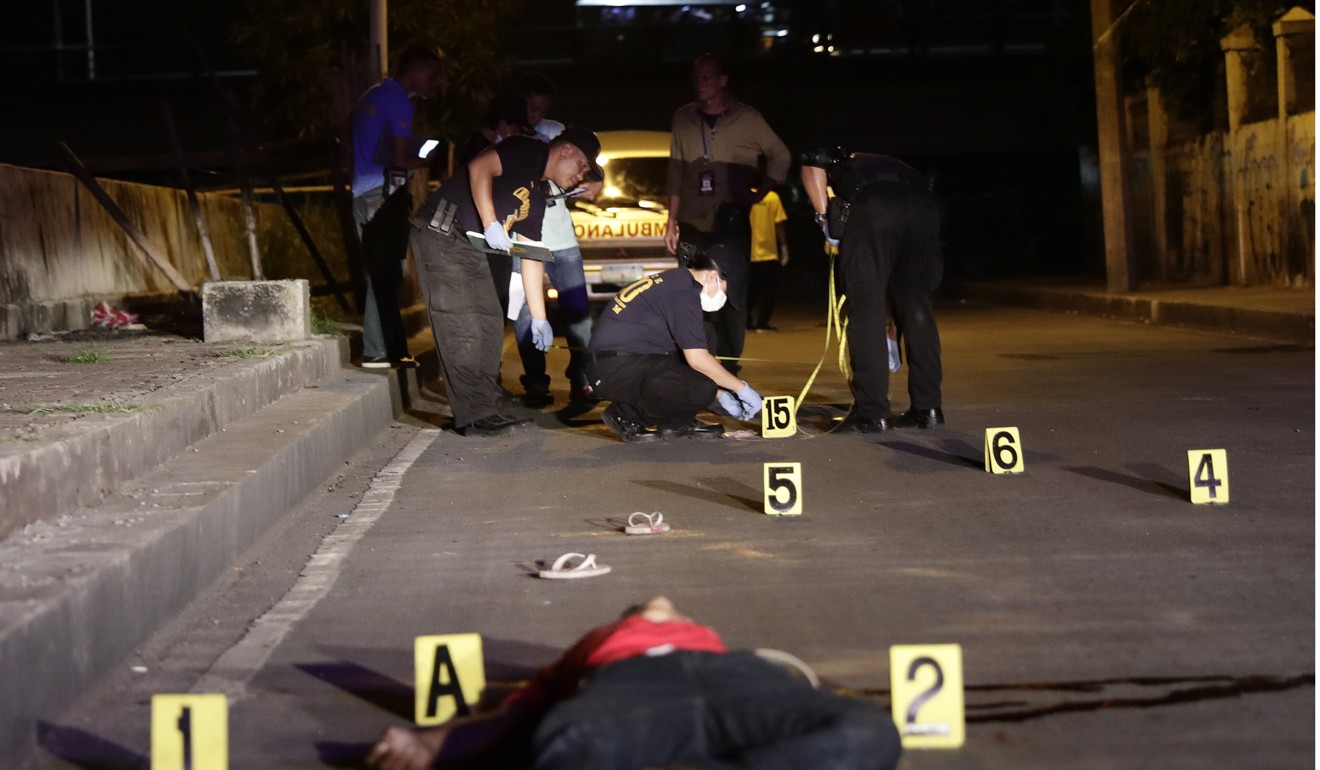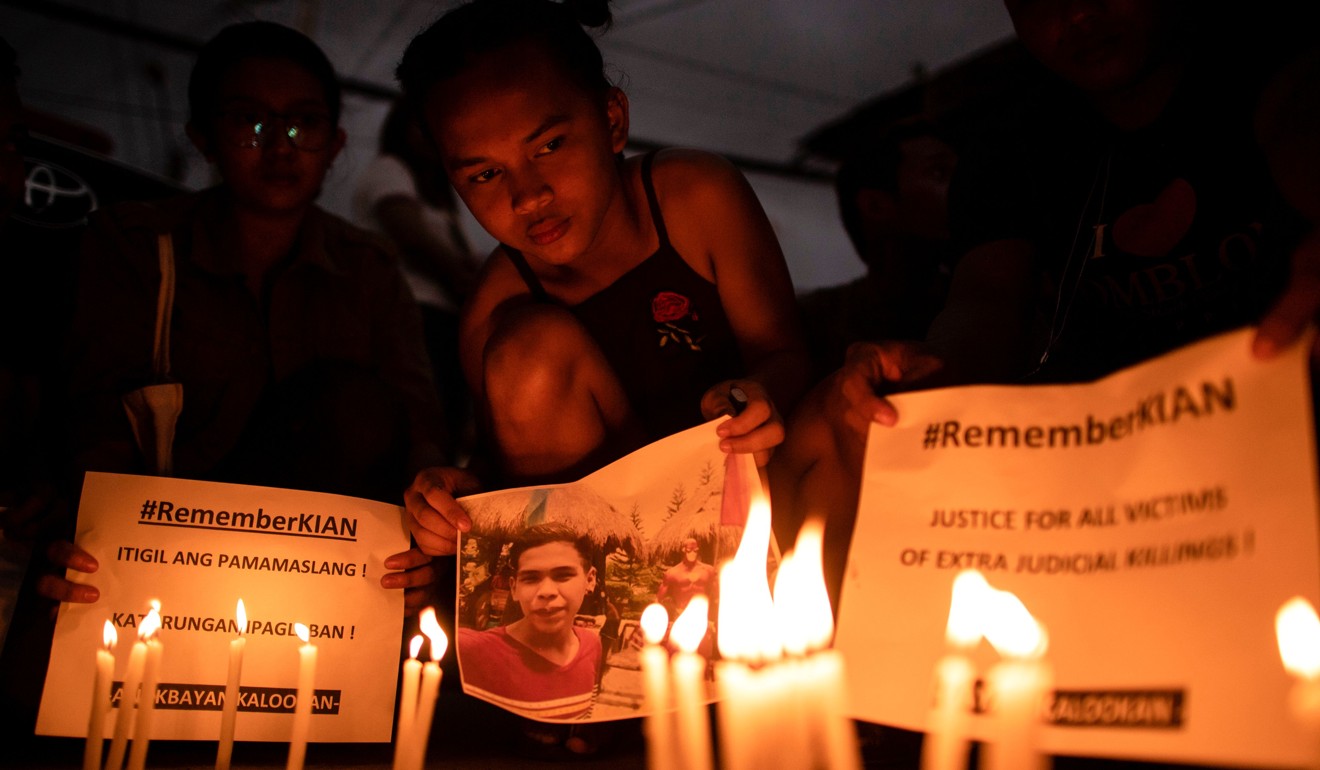
Official death toll in Philippine President Rodrigo Duterte’s war on drugs exceeds 5,000
- But rights groups say the actual number of people killed between July 2016 and November this year is closer to 12,000
Government figures covering the period from July 1, 2016, when the campaign was launched, to November 30 this year show that 5,050 people have been killed.

A total of 164,265 “drug personalities” were arrested as part of 115,435 anti-drugs operations across the country during the reporting period.
Derrick Carreon, spokesman of the Philippine Drug Enforcement Agency, said that if the life of a government operative is in danger, as well as those of surrounding people, “naturally, commensurate force has to be implemented in order to repel the threat.”
“Any death is alarming … but anti-drugs operations carry the highest possibility of an armed encounter, especially if the suspect is armed and under the influence of illegal drugs,” he said.

Human Rights Watch, among many watchdogs keenly observing the affect of Duterte’s war on drugs, claims the actual death toll exceeds 12,000.
Despite international criticism and an impending investigation by the International Criminal Court, Duterte has vowed to continue the campaign.
As of November 30, more than 3 tonnes of methamphetamine worth 18.43 billion pesos (about US$347 million) has been seized by authorities in various raids.

Carreon said illegal drugs are both manufactured in the country and brought in from elsewhere by syndicates mainly from China, Africa and Mexico.
“We assure you that the police, PDEA and all law enforcement agencies prioritise high value targets … But let it not be said that street-level illegal drugs activities should not be neglected. They are equally headaches to the people in the community,” he said.
Beyond the law enforcement aspect, the government is actively engaging local officials to help in the campaign. So far, 9,503 barangays, or village-size political units, out of 32,144 identified across the country as having been infested with illegal drugs, have been cleared. The Philippines has a total of 42,044 barangays.
Other agencies are also involved in the treatment of drug dependents who opted to surrender. The latest statistics showed some 303,533 individuals have graduated from rehabilitation programmes.

